Knee and Hip Replacement Hospital Discharge Instructions
Aug 22, 2019Richard A. Sweet, M.D. (Retired 2022)
Kate S. Hamilton, PA-C
GENERAL INFORMATION: The length of hospital stay after knee and hip replacement surgery has, over the last several years, decreased significantly. Reasons for this include concerns regarding costs and attempts to keep those costs down. However, as surgeons have improved their surgical techniques, as those techniques have become less invasive, and as pain management has improved with the advent of longer acting blocks that do not interfere with early physical therapy, safe early hospital discharge has become common place.
DISCHARGE HOME vs REHAB: Though it may seem intuitive that being discharged from the hospital to a rehab facility would be advantageous due to the seeming greater availability of physical therapy, the reverse is actually true. When patients return to the office at the 3-week post op mark, those patients who have been discharged to their home environment consistently out perform those patients who spent time in an inpatient rehab facility. There are several reasons for this. First, home health nursing and physical therapy services have over the years become cutting edge. Second, when placed in the home environment, patients inevitably will do more for themselves in terms of self-care and mobilization. The “getting up and doing for oneself’ is in and of itself, physical therapy. Even the task of managing stairs at home is a form of therapy. Those patients who go home after a brief hospital stay typically are walking better, have more of a spring in their step, are functioning more independently, and are closer to getting back to a normal lifestyle than those who have spent time in an inpatient rehab facility. In addition, my mantra is this: if you don’t want to get sick, stay away from places where sick people are. Going home is the safest and best option after hospital discharge for any patient who is not totally alone and can arrange for any kind of help at home (this is another reason, by the way, to try to get out of the hospital sooner rather than later).
SPECIFIC POST OP INSTRUCTIONS:
- BLOOD THINNERS: All patients will be on some type of blood thinner post op to prevent blood clots. Often a blood thinning shot is used while in the hospital. Most patients who are not high risk are discharged on aspirin (either 325 mg or 81 mg depending on age and size). High risk patients may be discharged on a more potent oral or injectable form of a blood thinner. Keep in mind that the more aggressive the blood thinner used, the greater the risk of bleeding complications post op. This is always a balancing act.
- STAPLES: Staples are taken out at 14 days’ post op. Usually the nurse at home will perform this task.
- ICE: Early post op till the swelling diminishes, ice should be applied to the knee for 30 minutes out of every 2 hours while awake.
- DRESSING CHANGES: If the wound is clean and dry with no redness or drainage, the dressings can be discontinued on the 3rd or 4th day post op.
- SHOWERING: The edges of the wound take 3 days after surgery to seal. Given the magnitude of hip and knee replacement surgery, I always like to build in a safety margin in terms of getting the wound wet. Thus waiting till the 5th -7th post op day is recommended before showering. Do not soak the wound in water till the staples are out and the staple puncture wounds have healed. If there is any redness or drainage, the wound should be kept dry and covered by a sterile dressing till this resolves.
- FOLLOW UP APPOINTMENT: The first follow-up office appointment is at the 3-week mark post op. You need to call to set up this appointment. We want to see you back sooner if there are any problems.
- WEIGHT BEARING / AMBULATORY AIDS: Most hip and knee replacements are implanted such that full immediate weight bearing is allowed. The walker and cane can be discarded when tolerated. There are a few special circumstances where 6 weeks of protected weight bearing may be required.
- PHYSICAL THERAPY: Generally about 6 weeks of therapy is required after hip and knee replacement surgery. Hips usually require less PT than do knees. Usually the first 3 weeks or so of PT is done at home. Knees especially often need to follow that up with 3 weeks of outpatient therapy.
- DRIVING A CAR: With left leg surgery, driving is permitted when the patient is off pain medication and feels sufficiently alert and strong enough to physically handle a car safely. Due to liability issues, it is generally recommended to not drive till 4 weeks post op after right leg surgery.
- RETURNING TO DAILY AND RECREATIONAL ACTIVITIES: For the most part, patients can progress to daily activities as tolerated. Initially, it is best not to “overdo it” in an attempt to minimize early post op swelling. Once the swelling is controlled, the patient may progress as tolerated. It usually is 6 weeks before patients feel up to most all daily activities, and 3 months before feeling up to more vigorous physical activities. A golfer might start back at about 6 weeks. A tennis player would probably not feel up to resuming playing till 3 months.
- RETURN TO WORK: My basic premise is this: I am not the work police. I try implant both knee and hip replacements such that it is safe to perform any activity that the patient can tolerate. And then let the patient decide. The average time till returning to a sedentary job is 6 weeks. The average time till returning to a physical job is 3 months. There is great variability. The return to work date depends on many factors. It often depends in part on patient perceived need to work, flexibility of demands in the work place environment, and other social and physical factors. Suffice it to say that we will provide you with a note to return to work whenever you think you can manage whatever it is you will face on returning to work.



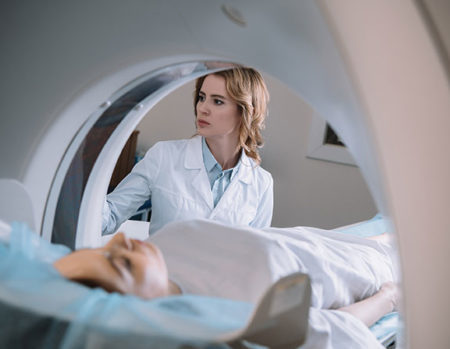 Our patients can receive MRI imaging onsite at both our Louisville and New Albany Clinics.
Our patients can receive MRI imaging onsite at both our Louisville and New Albany Clinics. Providing the latest advances in orthopedic surgery is our specialty.
Providing the latest advances in orthopedic surgery is our specialty. We take a unique, multidisciplinary approach to pain management.
We take a unique, multidisciplinary approach to pain management.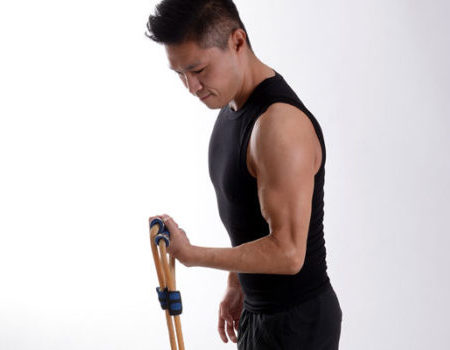 Our physical therapists use advanced techniques to help restore strength and mobility.
Our physical therapists use advanced techniques to help restore strength and mobility. 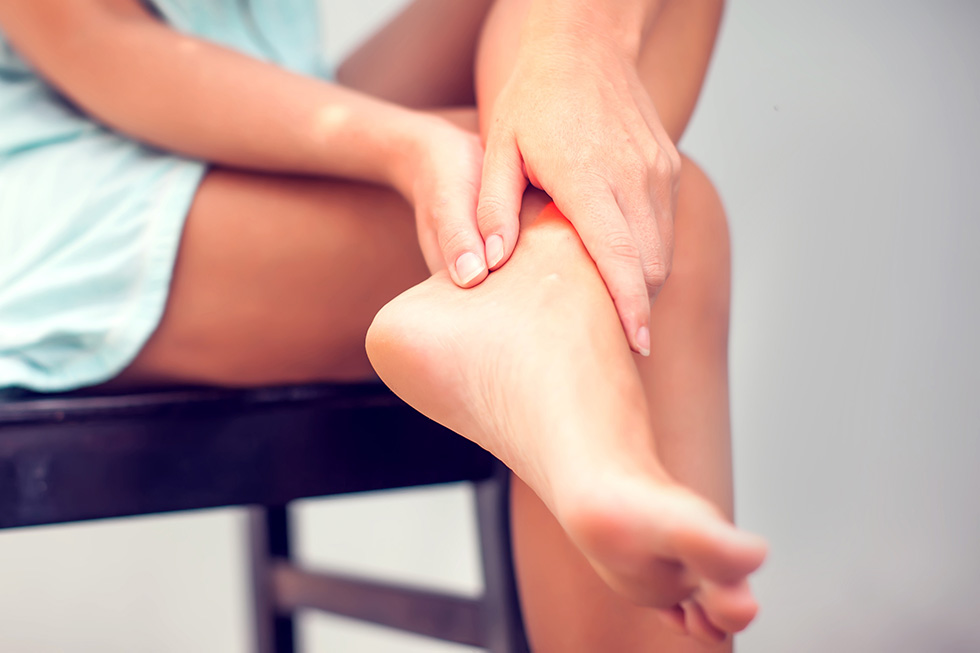 We provide comprehensive, conservative care for a wide variety of foot and ankle conditions.
We provide comprehensive, conservative care for a wide variety of foot and ankle conditions.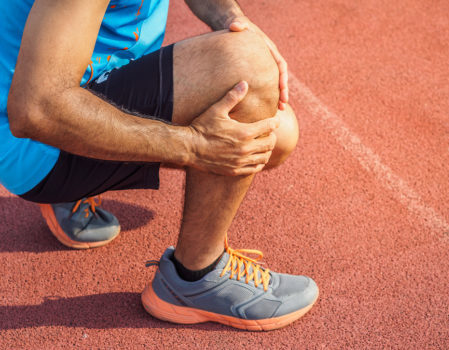 We offer same- and next-day care to patients with acute injuries.
We offer same- and next-day care to patients with acute injuries. Get back in the game with help from our sports medicine specialists.
Get back in the game with help from our sports medicine specialists. 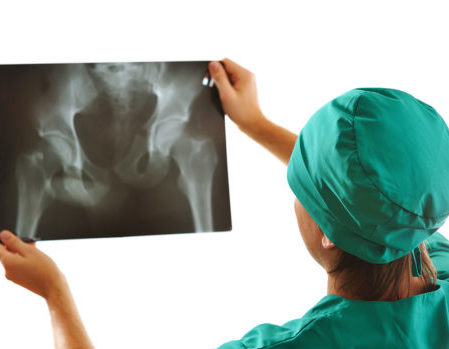 Our centers are equipped with a state-of-the-art digital X-ray machine.
Our centers are equipped with a state-of-the-art digital X-ray machine.